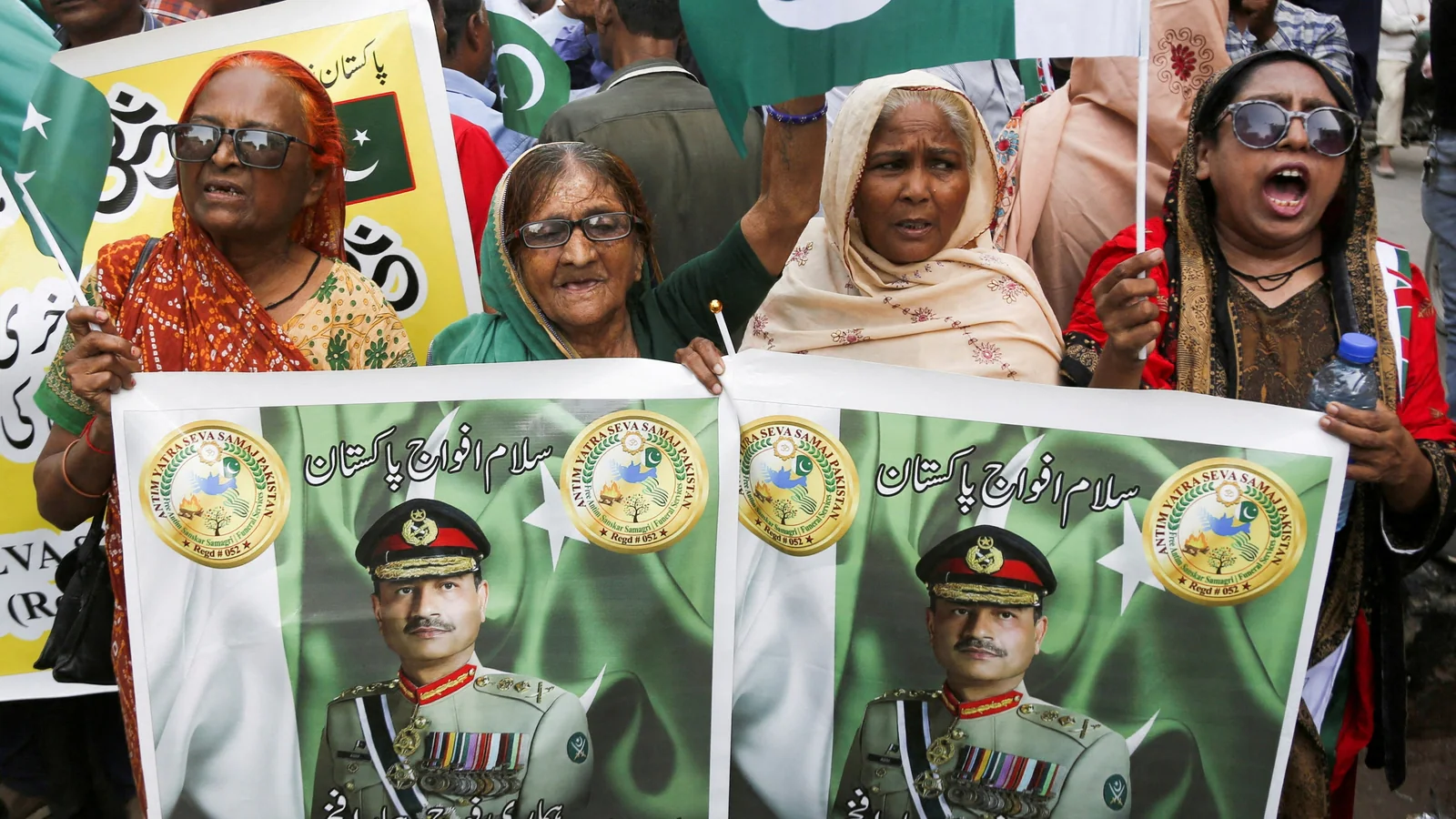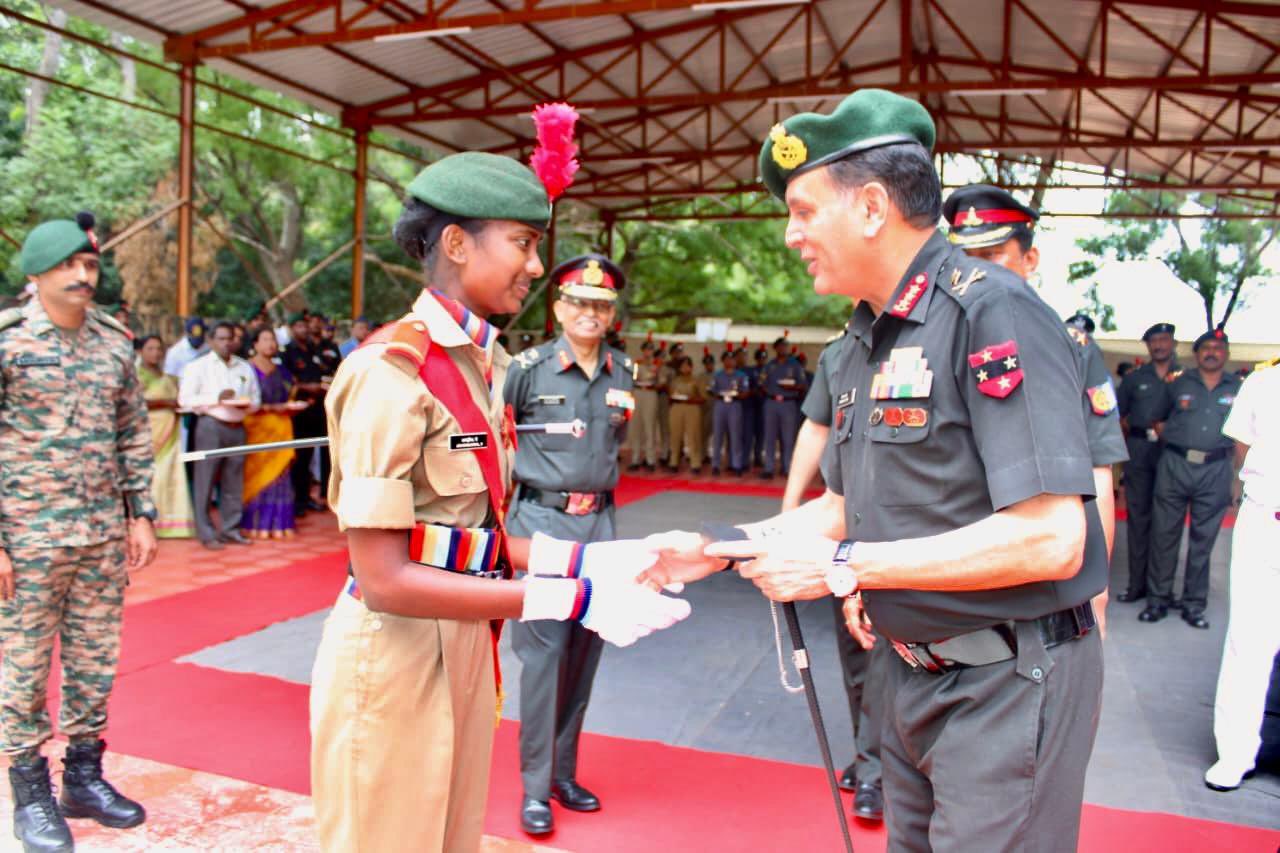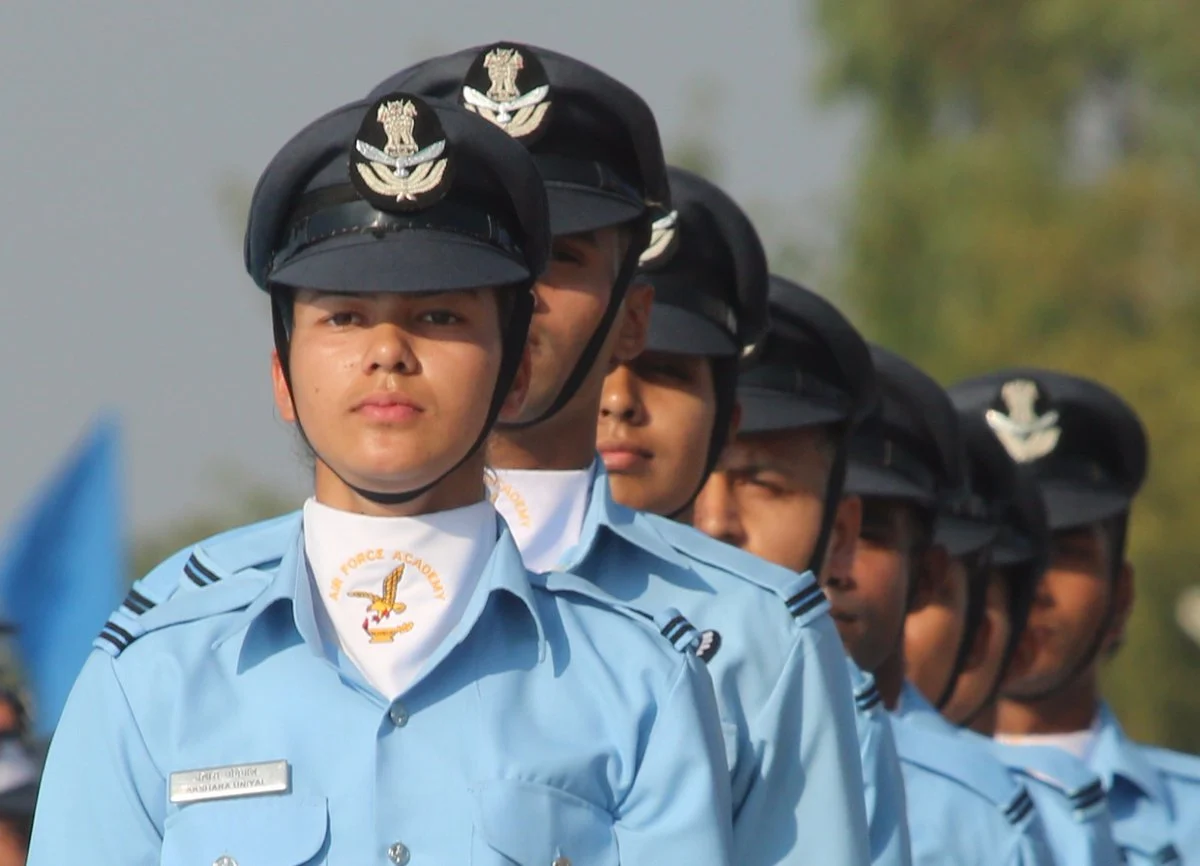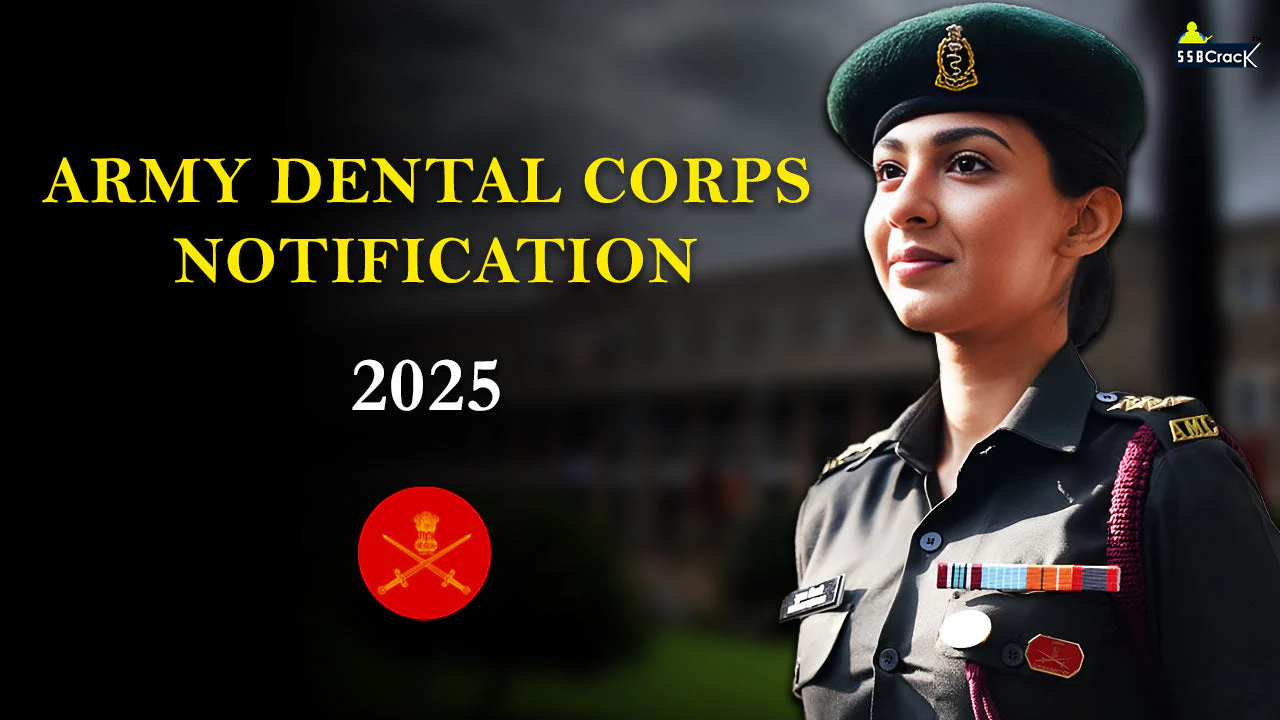Captain Narsaram Jajra Killed in Jaipur Hit-and-Run; Accused Driver Gets Bail
A tragic incident marred Independence Day celebrations in Jaipur as a 64-year-old retired Army officer, Captain Narsaram Jajra, lost his…
Meet Himachal’s Flight Lieutenant Arshveer Singh Thakur: Youngest Vir Chakra Awardee of Operation Sindoor
On Independence Day 2025, President Droupadi Murmu awarded the Vir Chakra, India’s third-highest wartime gallantry medal, to Flight Lieutenant Arshveer…
‘God Made Me Pakistan’s Protector,’ says Pakistan’s Army Chief Asim Munir, Denies Political Ambitions
Pakistan’s army chief, Field Marshal Asim Munir, declared that he sees himself as the “God-ordained protector of Pakistan,” dismissing rumours…
Lt Gen Dhiraj Seth Visits NCC Group Headquarters in Puducherry to Inspire Youth Leadership
Lt Gen Dhiraj Seth, PVSM, AVSM, General Officer Commanding-in-Chief of the Indian Army’s Southern Command, made a significant visit to…
AFCAT 2 2025 Admit Card Out
The Indian Air Force (IAF) has released the AFCAT 02/2025 Admit Card on August 19, 2025 for the upcoming Air…
Indian Army Dental Corps Notification 2025
The Indian Army, renowned for its unwavering commitment to national security, has recently announced an exciting opportunity for dental professionals…






